T-Mobile just tossed a lifeline to anyone who has ever stared at a phone with no bars and a knot in their stomach. The carrier now offers free satellite-based 911 texting to anyone with a compatible device, regardless of carrier, according to The Verge. The reach is huge, more than half a million square miles of terrain that used to be off the grid in the United States, as noted by Android Authority. It rides on T-Mobile's T-Satellite system, which connects directly to Starlink's network of over 650 direct-to-cell satellites in low Earth orbit.
This is not just a shiny new feature. It changes how emergency response can work when the nearest cell tower is hours away. Think hikers who miss a trail split in a national park, or drivers pinned by flash floods. The bold part is T-Mobile treating emergency satellite access like public safety, not a marketing perk, and opening it to everyone, no matter their carrier. Feels overdue, honestly.
How T-Mobile's satellite 911 system actually works
Under the hood, the setup is surprisingly simple. T-Mobile's T-Satellite system uses Starlink's constellation to talk directly to modern smartphones, so you are not waiting on a faraway tower in the woods. Step off the grid and your phone connects to T-Mobile's Text-to-911 (shown as T-Mobile Text to 911 in T-Mobile docs; some devices may display a satellite icon or an LTE indicator depending on the handset).
Here is the clever bit. It runs as a secondary eSIM on compatible phones. One device, two connections. Your normal carrier, plus T-Mobile's satellite backup. Enrollment happens through T-Mobile's site, and once you are in, it works like muscle memory. Type 911 in the text field and hit send.
Early use has been telling. T-Mobile customers have already relied on the system in real emergencies, a quiet proof that phone-to-satellite links hold up when towers do not. Connecting to satellites at orbital speeds is hard work; seeing it perform outside the lab matters.
Device compatibility: What phones make the cut?
Compatibility is broad, with a few strategic carve-outs. The service works with most smartphones released in the past four years. Devices with built-in emergency satellite texting (for example, certain iPhone 14+ models and the latest Pixel models) will typically default to their device-native emergency satellite tools; consult the T-Mobile compatibility list for exact model exceptions (T-Mobile maintains a current device list).
Plenty of familiar models do qualify. iPhone 13, Pixel 9A, Samsung Galaxy S21 and newer, and recent Motorola phones all plug into the network. The trick behind that reach is mostly software. The system leans on hooks built into iOS and Android instead of demanding custom hardware, which is why so many existing phones can suddenly talk to satellites.
Bringing your own carrier? No problem. For non-T-Mobile customers, you just need an unlocked phone with an open eSIM slot. That second eSIM is what lets the satellite backup live alongside your regular service without getting in the way.
What this means for emergency communications nationwide
This is a swing at the dead zones we have shrugged at for decades. T-Mobile's satellite coverage reaches roughly 500,000 square miles of the United States where towers do not exist. Not just backcountry trails. Rural stretches, storm corridors, canyons where radio signals curl up and quit.
When flooding hit Central Texas, T-Mobile switched on the service to deliver 911 texting and alerts. That kind of rapid turn-up rewrites disaster playbooks, especially when repairs on the ground drag on for weeks.
There is a business backbone here too. T-Mobile took T-Satellite commercial after a long beta with nearly two million users, the first US carrier to run satellite-to-mobile at scale. The full service runs at 10 dollars per month for broader messaging and app access. Keeping 911 texting free as a public service sets a line in the sand, a model other carriers will have to answer for.
The future of off-grid emergency communication
T-Mobile (via Starlink) is the first to offer broad direct-to-phone emergency texting at scale in the U.S.; competitors (for example, Verizon's Skylo messaging and other carrier/partner projects) are also deploying or rolling out satellite-to-mobile options. Momentum tends to be contagious. The roadmap is already widening, with plans to add data for select apps like WhatsApp, AccuWeather, and core Google and Apple services.
There is smart plumbing behind the scenes, too. The system hands off to your phone's native emergency tool when that is the better path, so the most reliable option wins without you thinking about it.
Bottom line, as satellite partners multiply and device makers sharpen their own tools, total silence during an emergency starts to look outdated. The real test is scale and follow-through, plus whether other carriers treat emergency satellite access as a public service instead of a trophy. We are inching toward a world where those white-knuckle dead zones finally have an exit ramp, and that shift in what is possible during a crisis is worth watching closely.




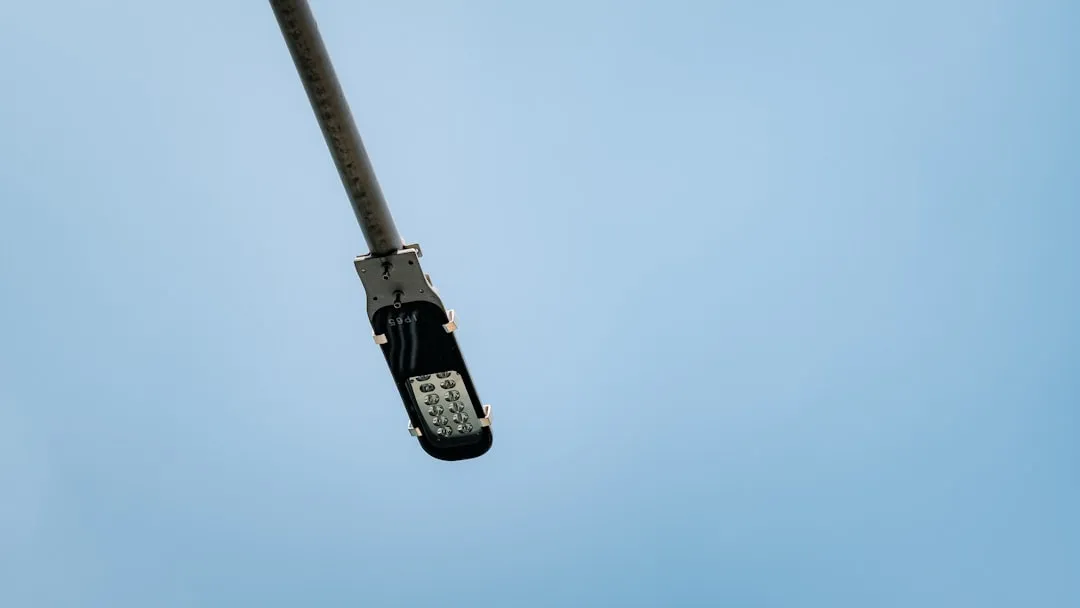
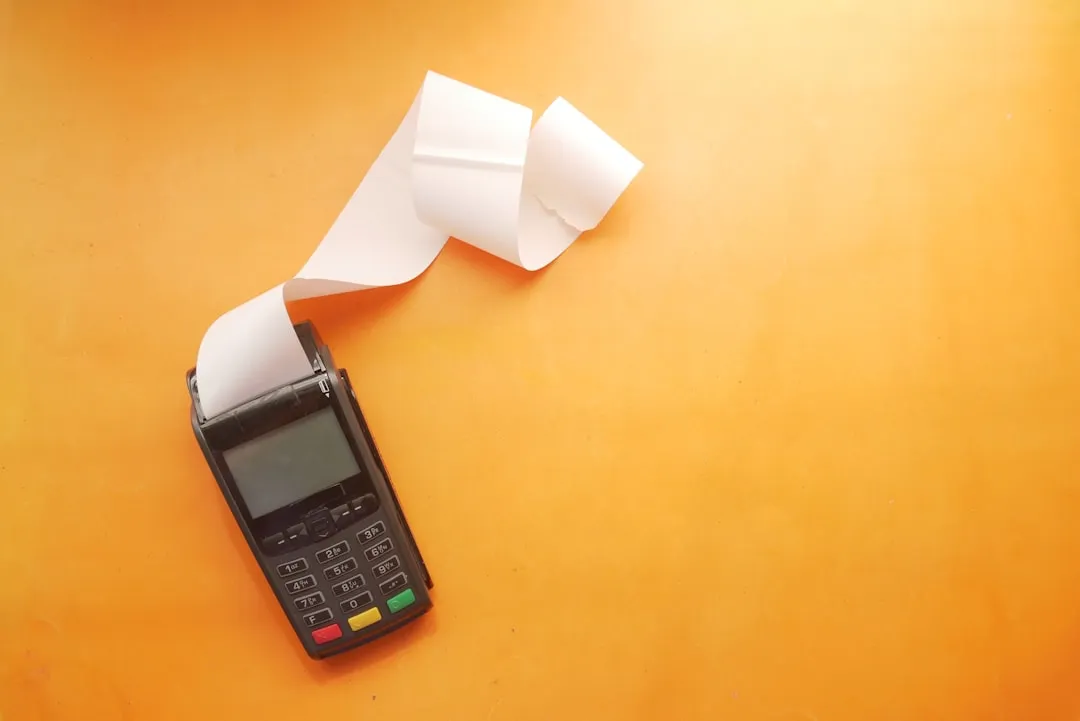
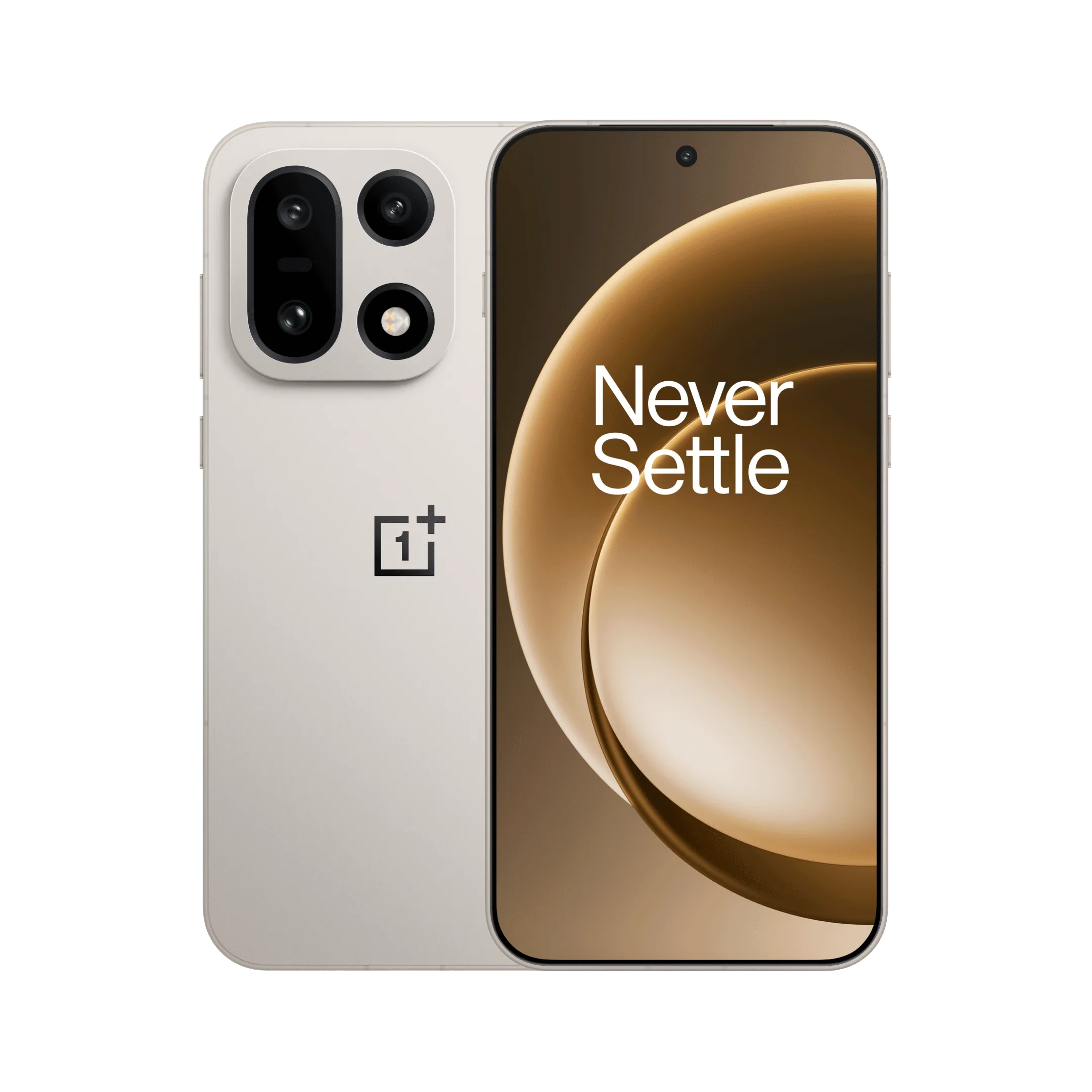
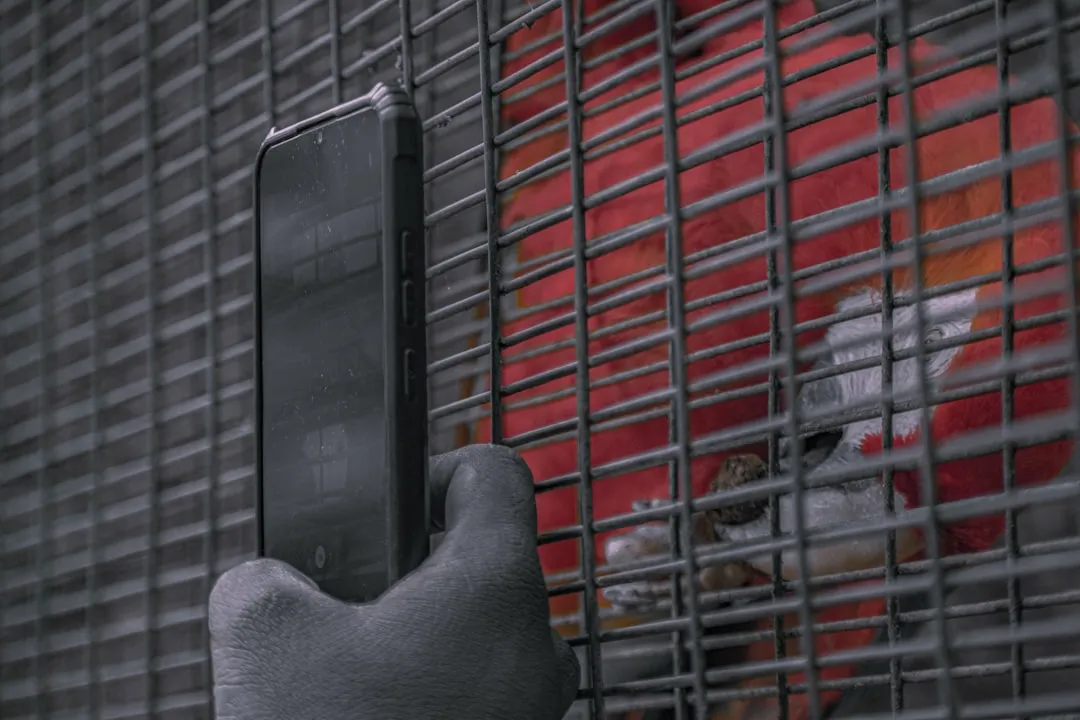
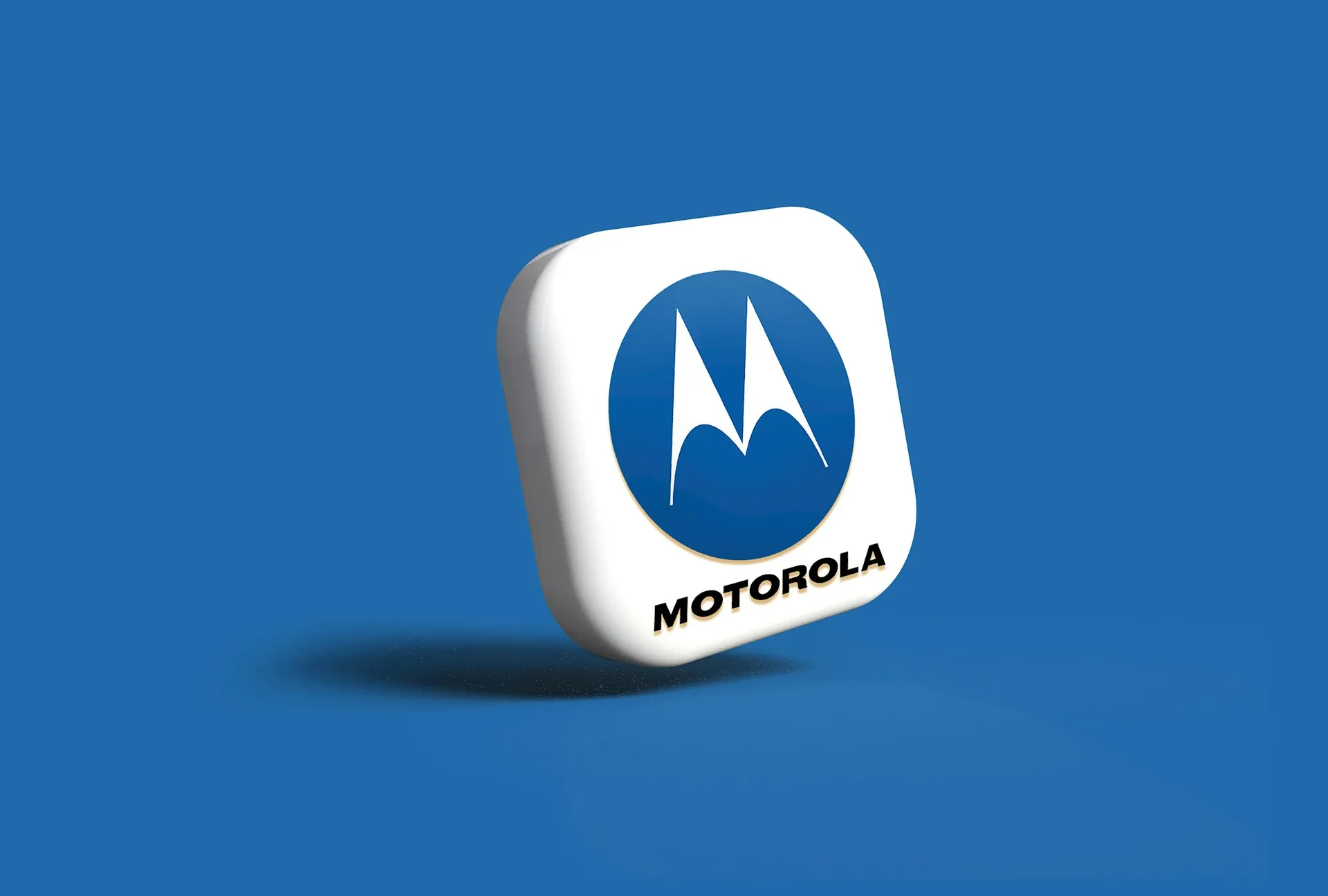
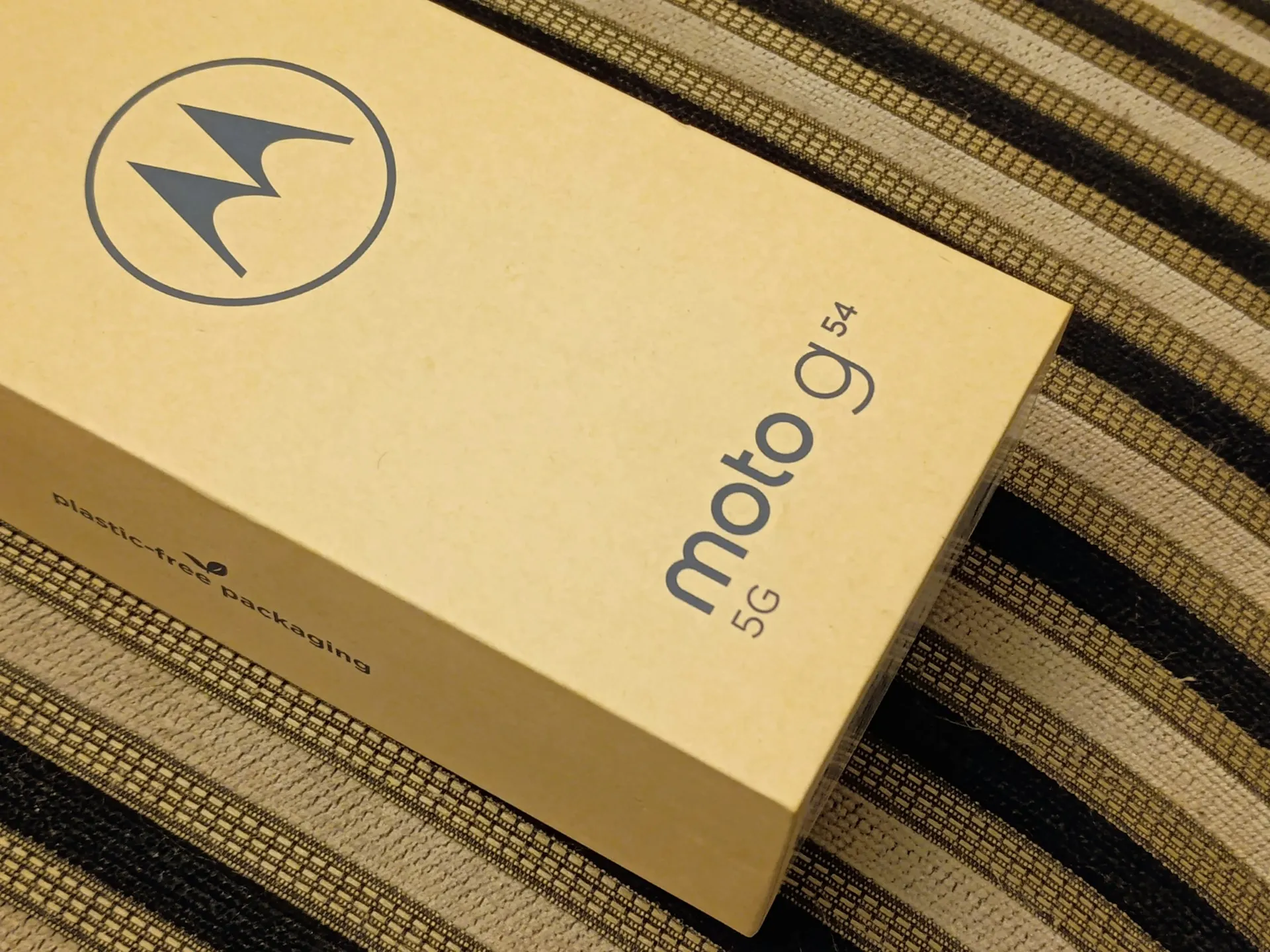
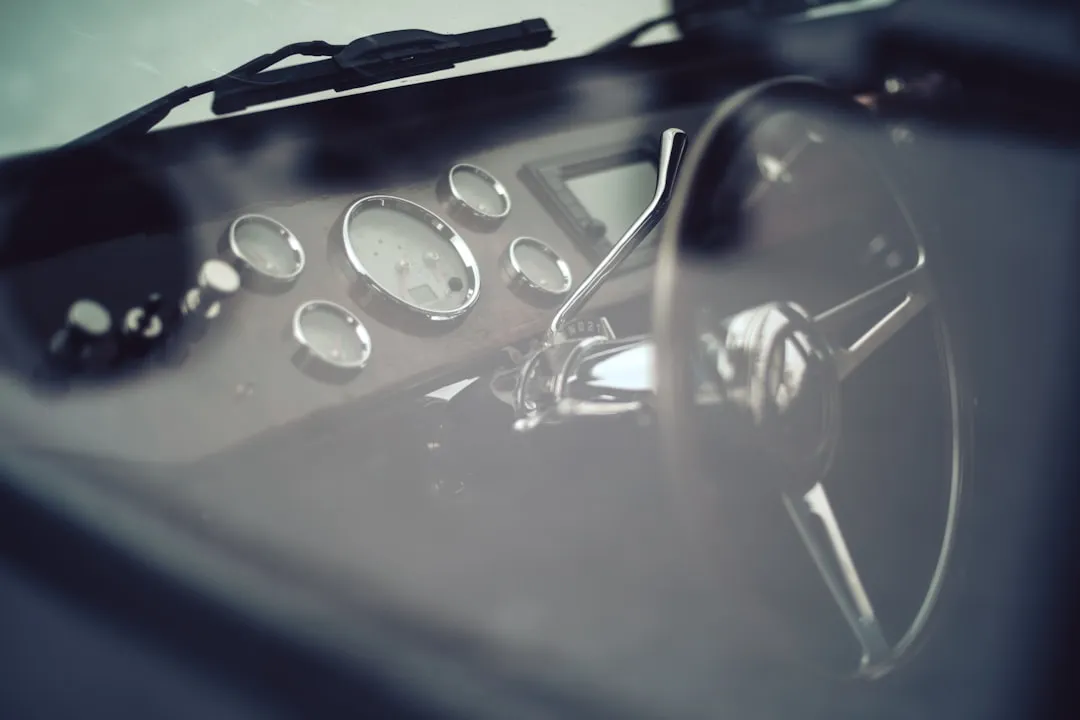

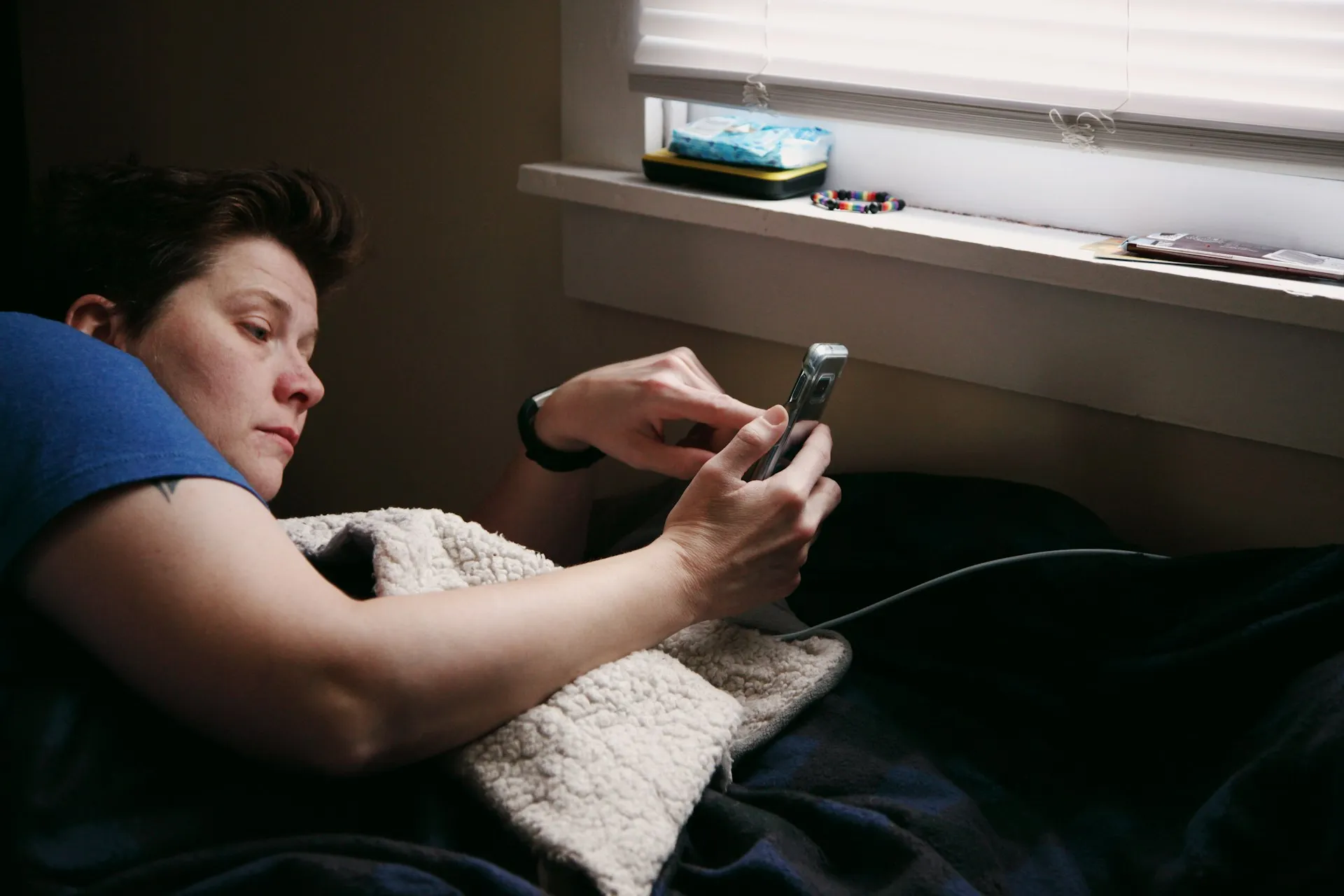
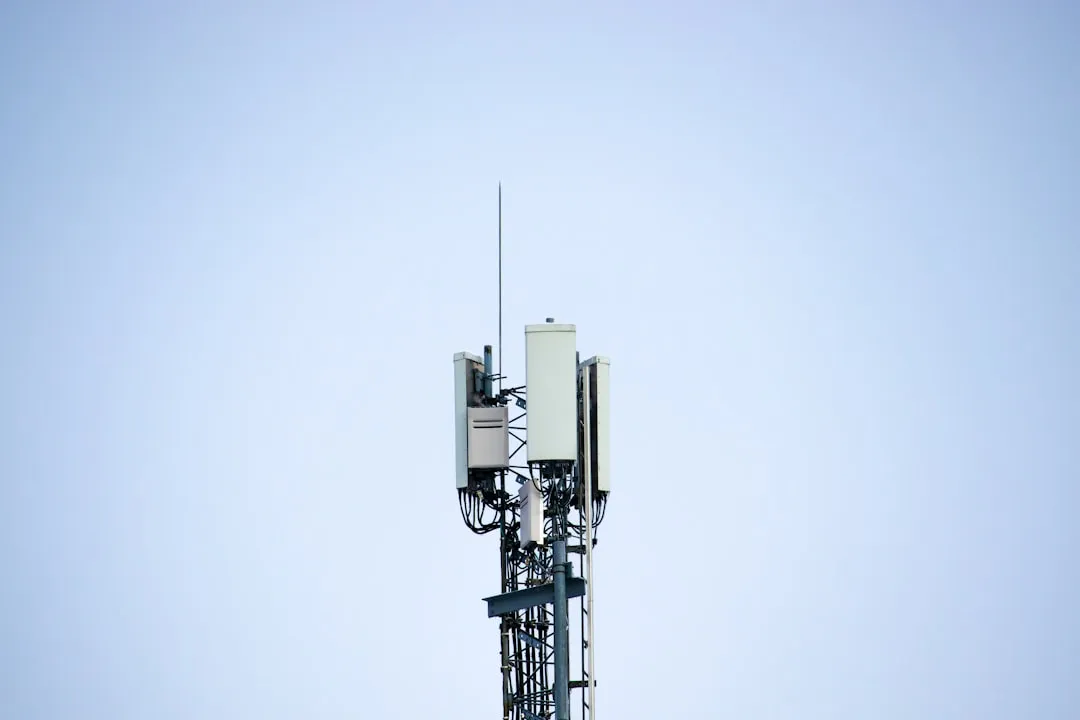

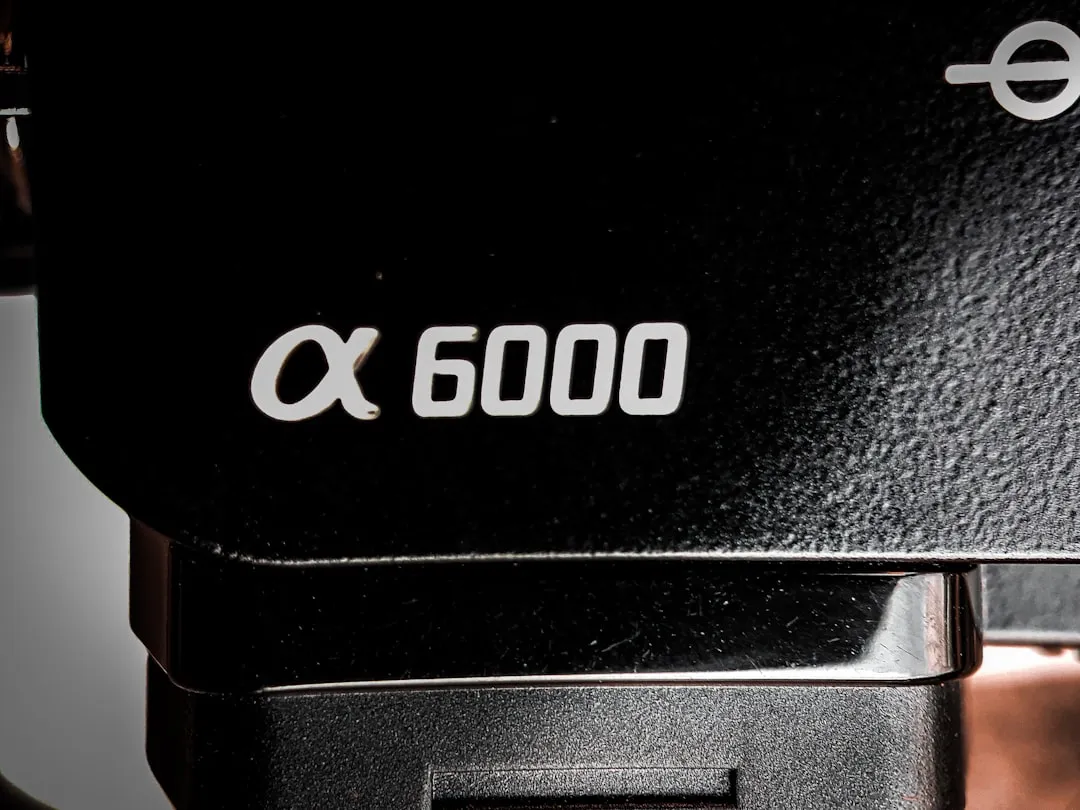

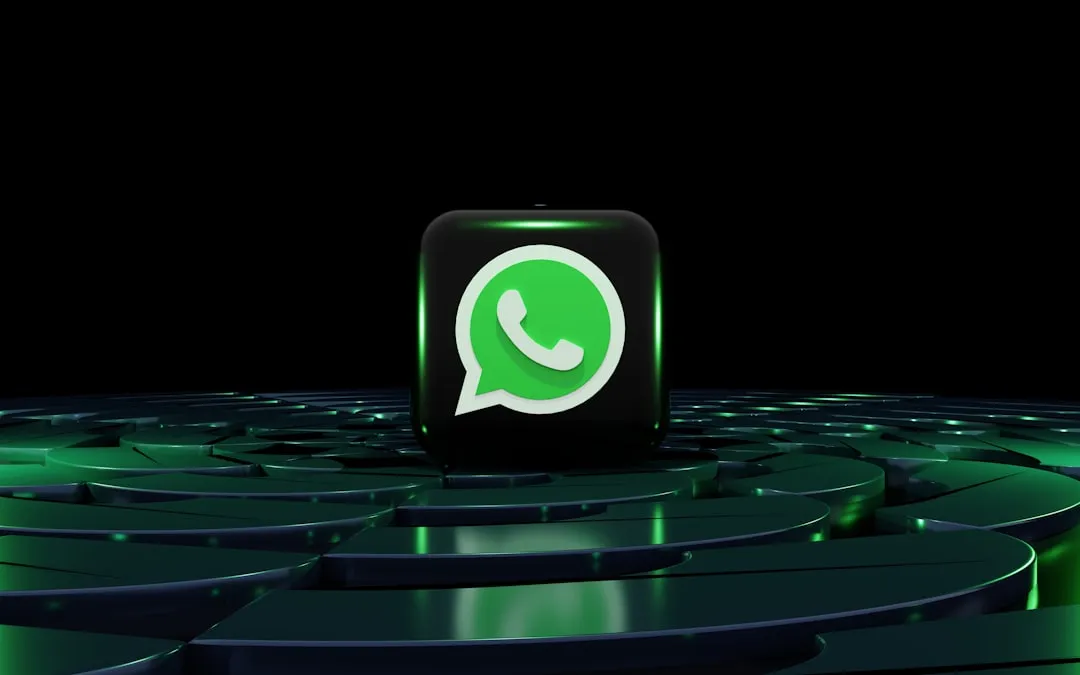
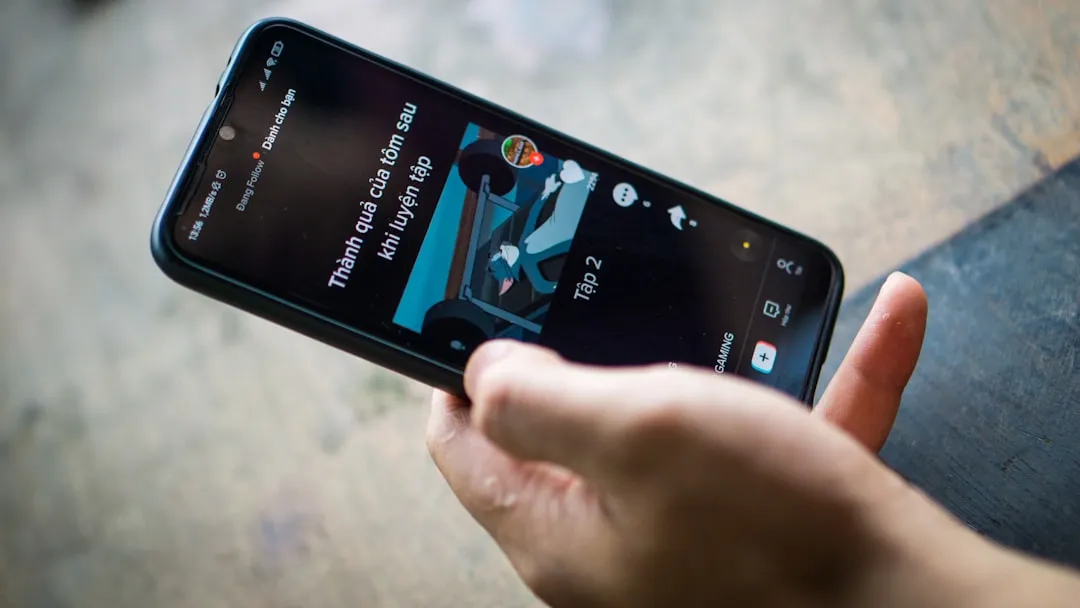
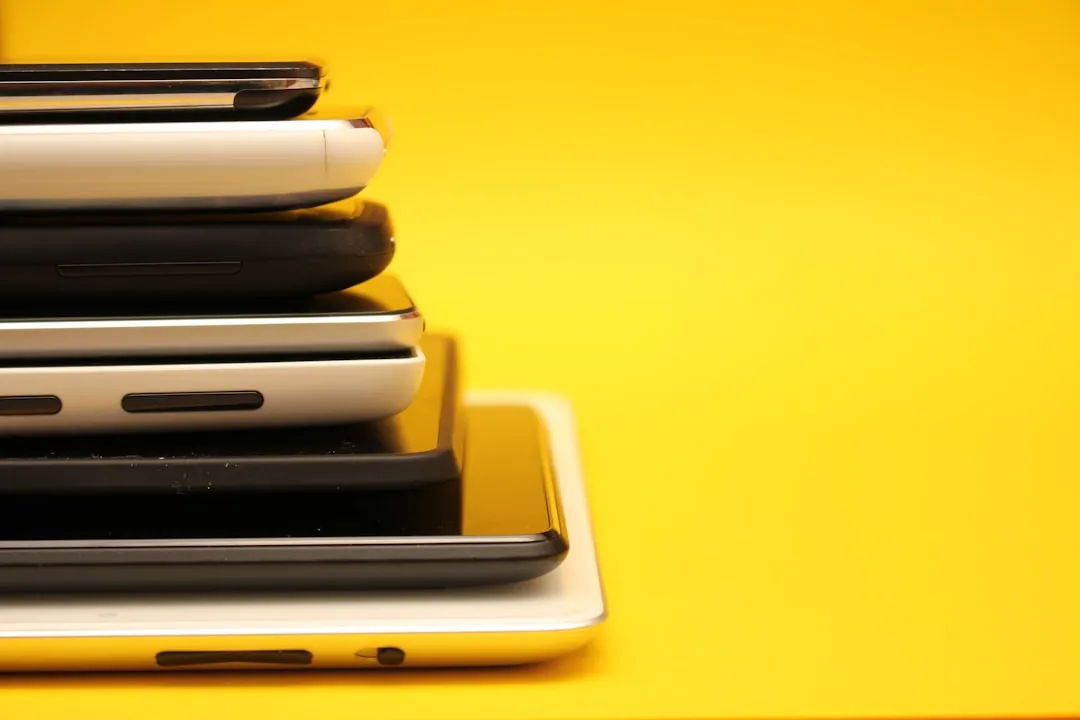

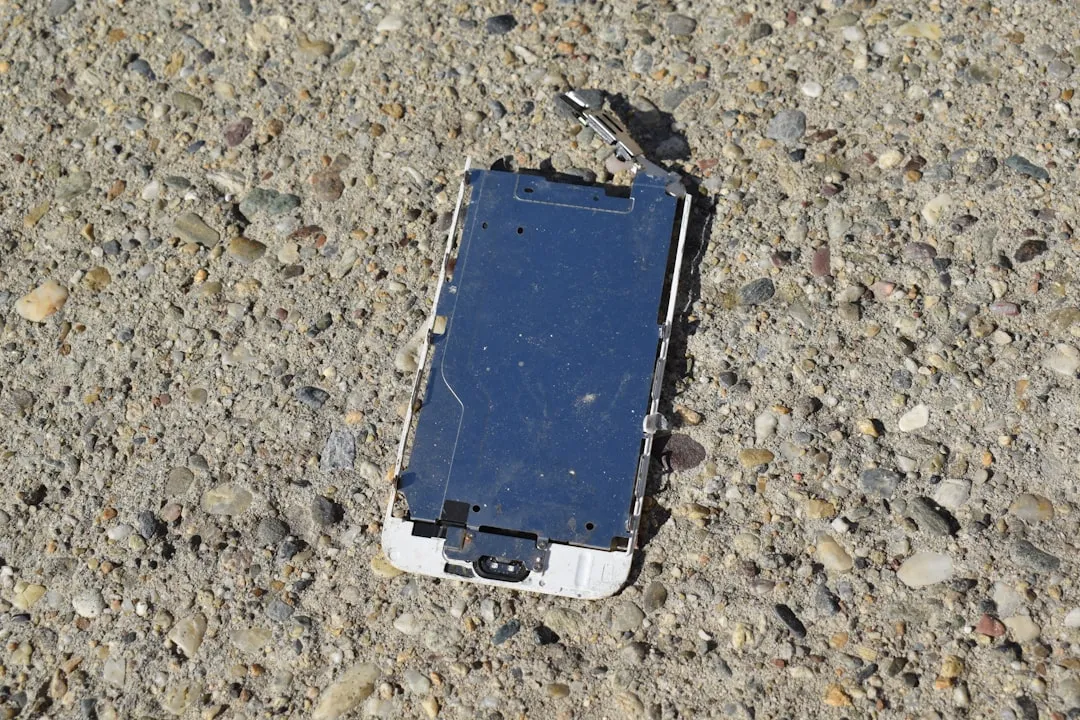
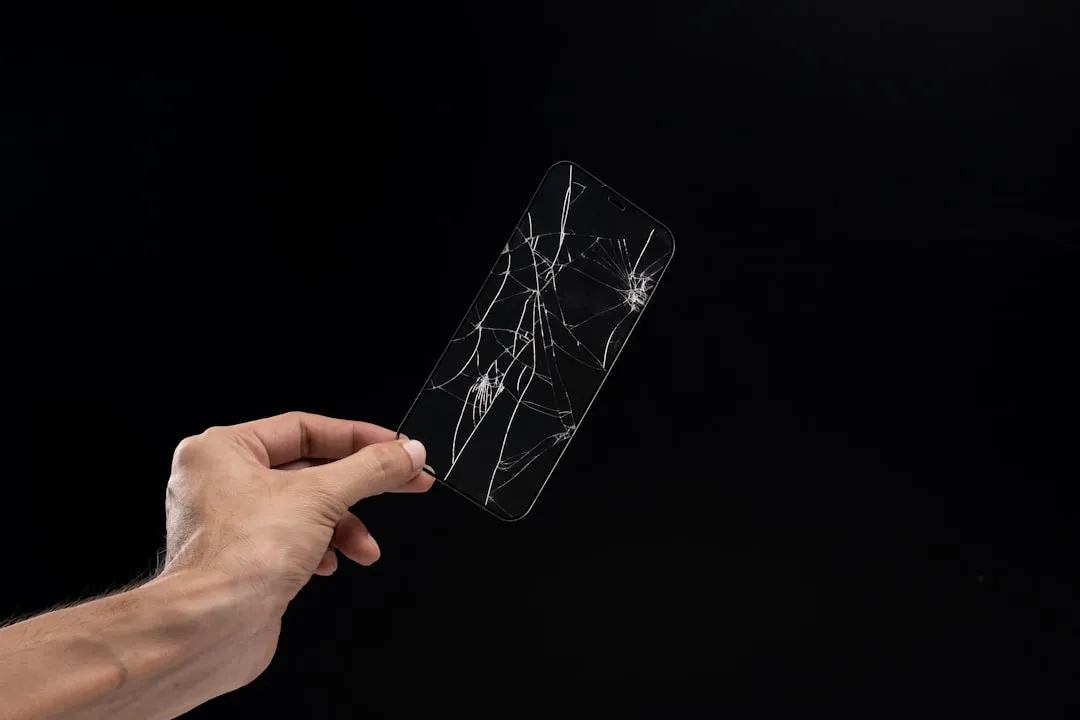
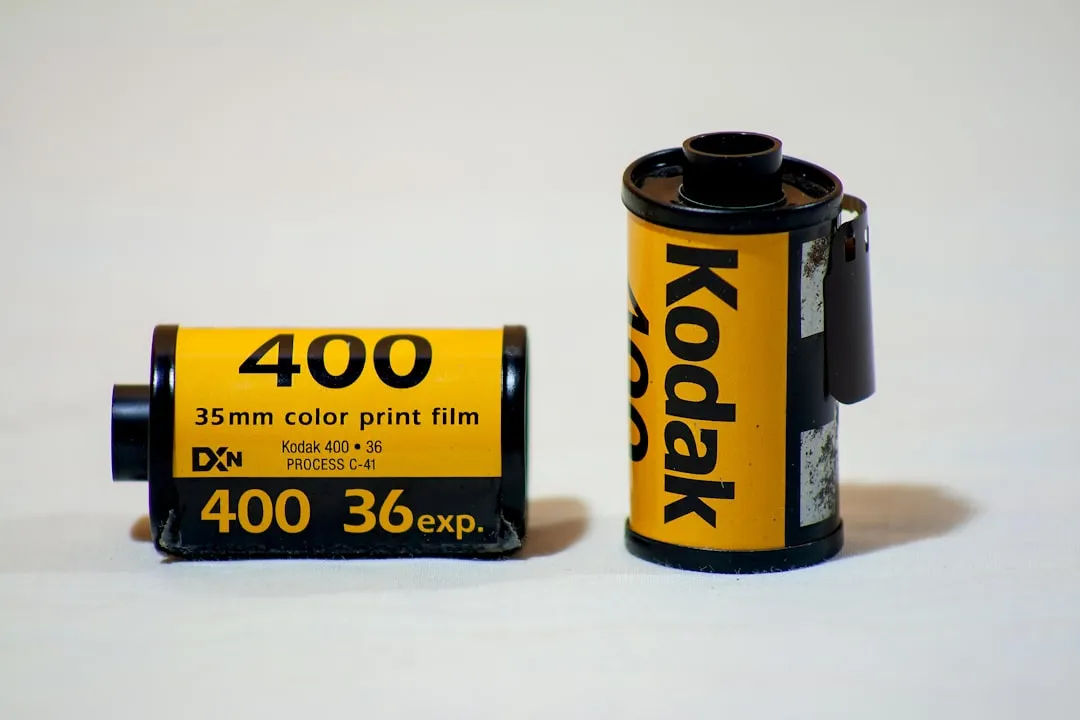
Comments
Be the first, drop a comment!